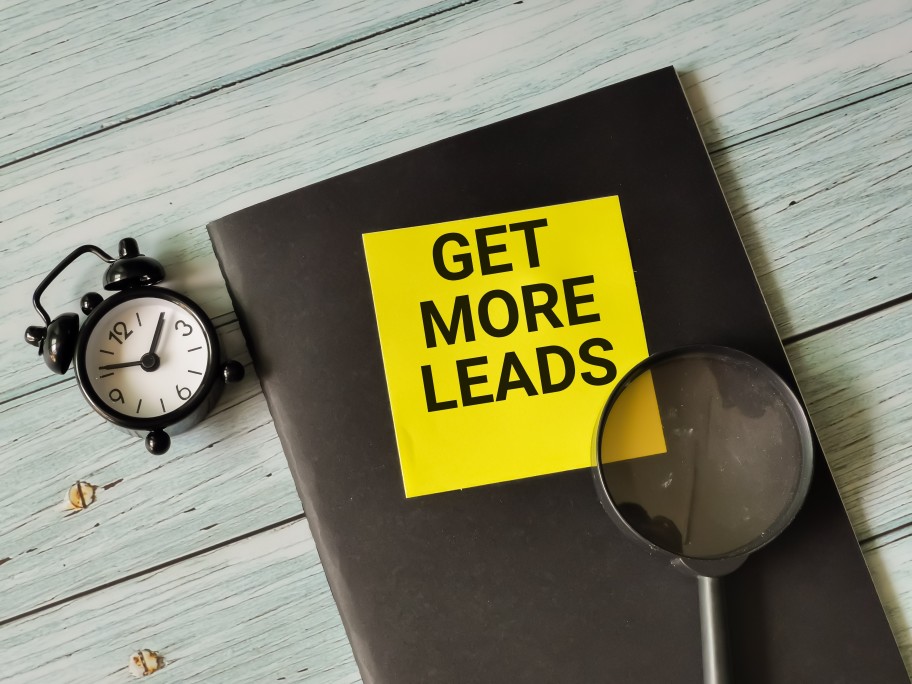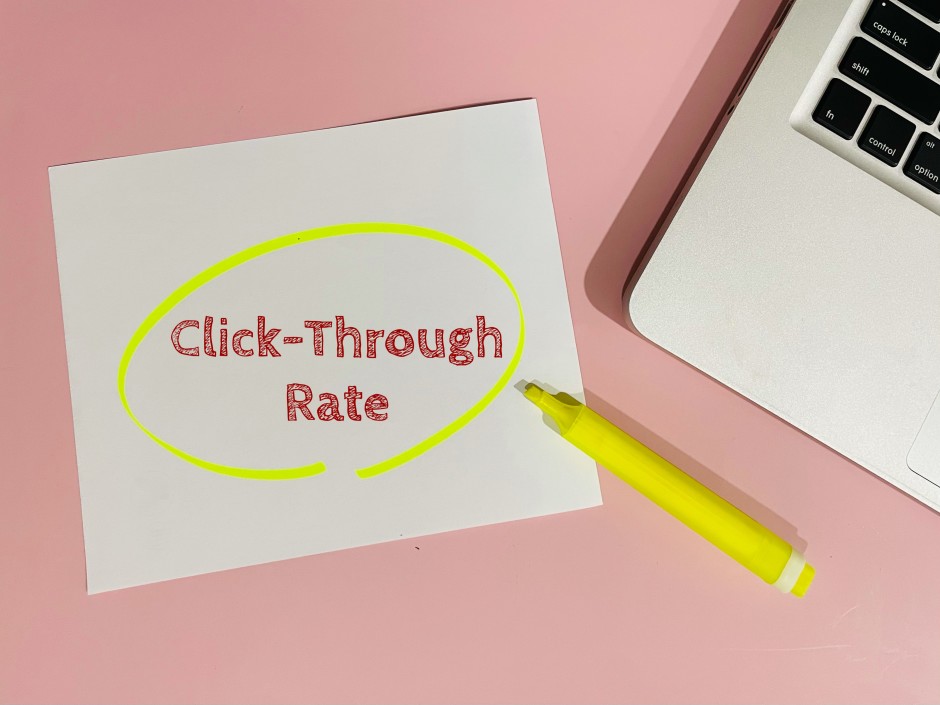17 KPIs to track when choosing a lead generation agency
When working with a lead generation agency, tracking leads and conversions can be time-consuming if you don’t know where to start. It doesn’t have to be this way. By measuring key performance indicators (KPIs), you can track your progress and optimise your lead generation efforts for better results.
There’s an adage in the advertising world: “The money is on the list. If you’re not building leads, you’re wasting money. Here are 17 lead generation KPIs to track.
1. Number of leads generated
Before you can evaluate the quality of lead, its quantity matters. Tracking the number of leads that a lead generation agency delivers is essential. If you have 10,000 people who need to be converted into sales opportunities, you must spend around £2,000 per lead. Conversion rate can be a vanity metric if the sample size is insufficient.

2. Number of customers acquired
What did you make of the leads generated? It isn’t sensible if it doesn’t factor in how many customers your business gets out of it. A low number of customers may indicate issues with the quality of leads or how your sales team handles them. Or troubleshooting would be required.
3. Response Rate
Response rate measures how quickly your prospects respond to your marketing messages. This is a good indicator of whether your content resonates well with your audience. You want to aim for at least a 30% response rate because anything below that is likely due to ineffective messaging. A low response rate may be your cue to improve your contact detail validation process. Other reasons for a low response rate include a lack of value-added to the customer within your content. Delivering overly salesy or self-serving content will lead to a low response rate.
4. Traffic Rate
There is a clear correlation between the traffic you drive to the page and the conversion rate. More traffic usually means higher chances of converting a visitor into a prospect. However, too much traffic can also mean that your website has a high bounce rate which could be a sign of poor design or navigation. Traffic is a great metric to measure the efforts of a lead generation agency. It is important to consider traffic sources as well. They give a more unambiguous indication of the results of digital marketing strategies. Traffic rates should be differentiated between organic traffic and paid traffic. You can also evaluate the conversion rates from each source.

5. Conversion Rate
Conversion rate ties together traffic and response rates. Once traffic is driven to a landing page, high conversion rates are linked to equally high response rates. The more responses you get, the more likely you are to convert. For example, if you have an email campaign sending 100 emails to 100 different people, only one person will click on the link and visit your site. That’s a conversion rate of 1%. If you send the same email campaign to 1000 people, then there is a chance that all of them will click on the link. In this case, you will have a conversion rate of 0.1%. The difference is enormous!
6. Cost Per Lead
How much does it cost you to deliver each lead to your sales team? Perhaps it’s turning visitors into leads. Cost per lead is another key metric when selecting a lead gen agency. To calculate the cost per lead, multiply the number of leads delivered by the average price of the lead. This gives you the total cost of acquiring a single lead. Then divide that by the number of leads acquired. Cost per lead should guide the allocation of your marketing budget to aid your sales process.
7. Average order value
Average order value plays a massive role in determining your return on investment. When calculating ROI, you need to consider the costs associated with generating a lead. These costs include pay-per-click campaigns, social media advertising, and other offline tactics. Once these costs are considered, it becomes easier to see what percentage of money spent translates to revenue generated.

8. Average order size
Order size and order value have some similarities, but they differ slightly. Order value considers the full range of costs associated with acquiring a lead. Order size is calculated based on the average order value. So, if you spend £100 on a lead and generate £200 worth of orders, your average order size would be £100. All successful campaigns rely on well-managed marketing costs as they deliver sales-qualified leads.
9. Average order frequency
Another factor to consider is average order frequency. How often do you acquire new customers? Do you acquire leads once every month? Or maybe twice a year? Knowing how frequently you acquire leads helps us understand whether you are making good use of your time and resources.
10. Average cost of customer acquisition
Cost per acquisition is somewhat similar to cost per lead. However, customer acquisition considers the process after you have the lead. It looks at your sales team’s performance over time and calculates the average cost of bringing in a new customer.

11. Customer Lifetime Value
The lifetime value of a customer depends on average customer spend and retention. A higher lifetime value means that your customers spend more money with you than your competitors. You can also compare the lifetime value of your current customers against potential customers. This allows you to identify which customers are most valuable and should receive special attention. Marketing teams must focus their efforts on increasing the lifetime value of existing customers. They can collaborate with the lead gen agency to identify the ideal potential customer based on retention rates and keep a consistent flow of these qualified leads.
12. Lead quality score
Lead quality score is an essential metric for many businesses. The better your lead quality score, the more likely you will close deals. The lead quality score measures the likelihood that a lead will convert into a sale or become profitable. In addition, it indicates the amount of effort required to bring in a lead. Agencies will have their ways of doing this. Finding out their lead quality scoring method will go a long way. Once you know it, you can track this KPI.
13. Email open rate
The email open rate will only apply if running an email campaign as part of your marketing efforts. Using an email automation tool such as HubSpot, you won’t need to worry about this metric. But if you’re sending emails via MailChimp, you’ll want to check the email open rate. A low email open rate indicates that people aren’t reading your emails. To improve this, you might want to make sure your subject line is relevant and interesting. Also, try adding images and videos to your emails. These things will help increase click-throughs.

14. Response rate
Response rates are another KPI to track when choosing a lead generation agency. What percentage of your leads respond to your messages? Are they responding quickly enough? One key component of this is a clearly defined response. What action would you like them to take when they have opened your emails? There are different types of response rates:
• Click through rate – the number of clicks on your link divided by the number of visitors who clicked on your link.
• Call rate – how many calls you get from interested prospects divided by the total number who visited your website.
• Sales conversion rate is the number of sales divided by the number of leads generated.
• Average order value – How much does each lead generate?
15. Bounce rate
The bounce rate is a vital KPI to track. It tells you whether your landing page is converting leads effectively. It shows you where your traffic is going after clicking on your links. The lower the bounce rate, the better. A high bounce rate usually indicates something wrong with your landing page. For example, if your landing page isn’t working properly, it could be because the content isn’t engaging enough. Or maybe you haven’t included all the information that someone needs to see before making a purchase.
When troubleshooting bounce rate targets the wrong keyword, looking at an organic traffic campaign is imperative. When users arrive on your page and don’t find what they search for, they move on. This means you don’t satisfy their intent.
16. Click-through rate
Click-through rates measure how users interact with your calls to action. It would help if you always aimed for a higher click-through rate. This will mean that your CTAs are clear and easy to follow. They also encourage people to take the next step. As a KPI, a low CTR may speak to copy that does not meet user intent. It may also show placement or colour combination issues. Whatever the case, CTR is a vital KPI to track.

17. Return on investment
Return on Investment (ROI) measures the amount of money you spend on advertising versus your sales return. You can calculate ROI for any ad campaign, including paid ads, social media campaigns, display ads, etc. By comparing these numbers over time, you can determine whether your advertising budget is paying off. Your content marketing efforts and marketing spend should guide your goals and objectives. Unnecessarily high marketing costs
Tracking it all
Google Analytics can monitor digital marketing KPIs through various marketing channels. This allows you to track the impact of all marketing activities that the marketing agency carries out. Their effectiveness over time must align with your business growth goals. Lead generation agencies provide marketing reports of their inbound marketing efforts. This may be social media marketing or other lead-generating activities that make up your digital marketing campaigns.
We work with B2B companies to deliver efficient marketing KPIs. It is always worth combining all efforts into a comprehensive content marketing strategy. Discuss lead generation metrics with the agency.
